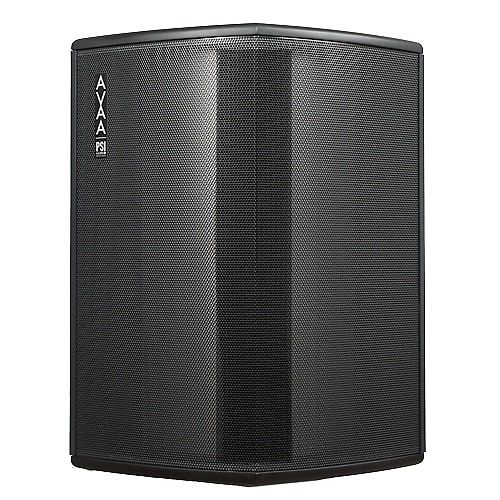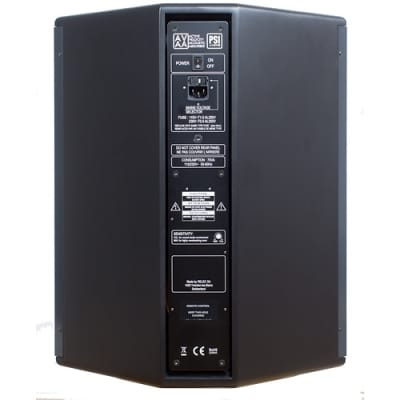Active plug and play bass control to solve specific frequency issues within your room!
The AVAA is the solution for room mode problems.
We normally stock the black finish version, contact us to confirm availability on white finish.
The AVAA is designed to absorb the standing modes between 15 and 150 Hz in a room. It will do so just like passive absorbers but in a much more efficient way and using up much less space. Each operating AVAA will have the same effect as a hole in the wall much larger than the dimensions of the AVAA (that is 0.2 m2). The exact ratio will depend on the frequency and environment but typically range between 5 and 20.
The AVAA will affect the impedance of the air and “suck” low frequencies around it.
Therefore the best position to place an AVAA is in the most rigid corners as that is where all room modes will be most present.
It is important to work on the positioning of loudspeakers and listening, as the AVAA will have little effect on inevitable first reflections.
Features
- The AVAA absorbs room modes between 15 and 150 Hz
- 100% ANALOG, no DSP, no latency
- Effective as perfect absorber up to 25 times its size
- No calibration or settings are required
- No sound emitted and no alteration of the sound source
- 2 AVAAs will make a significant difference in normal sized studios
- Works in any type of room: recording, mixing, mastering, listening…
How does it work?
A microphone will measure the acoustic pressure in front of an acoustic resistance.
The acoustic resistance is designed to let air through but reducing significantly the pressure.
Behind the acoustic resistance, a transducer membrane is driven to absorb the volume of air going through the acoustic resistance as well as ensuring a specific acoustic impedance in front of this acoustic resistance.
When in function, this acoustic impedance in front of the acoustic resistance is significantly lower than in ambient air and therefore acts as a pressure sink.
The acoustic impedance of the air is affected typically over a radius of 1 to 1.5 m around the AVAA. This explains how the AVAA can be more absorbent that its actual surface of perfect absorber.
It is designed to absorb frequencies between15 and 150 Hz and is most effective on room modes that are the result of multiple reflections.
What does the AVAA not do?
The AVAA is a solution for room modes below 150 Hz and absorbs low frequencies only. It is therefore not a total solution for acoustically bad rooms. For best results, it needs to be combined with passive absorption in higher frequencies.
The AVAA will only absorb pressure waves within a radius of 1 to 1.5 m around it in these frequencies. It is therefore not a solution for the first reflections a room might have. Correct positioning of speakers and listening position in the room remains necessary.
What effect will the AVAA have in my room?
The AVAA will have the same effect, on frequencies from 15 to 150 Hz, as opening a window about 5 to 20 times the size of the AVAA. This will impact sound in the time, frequency and space dimensions.
Time: it will significantly reduce reverberation time in these frequencies especially on room modes.
Frequency: with more precise and tighter bass, the masking effect of higher frequencies is reduced. Details in higher frequencies also become clearer.
Space: with less indirect sound in the room, the location of the sound is more accurate making the sound image more precise.



